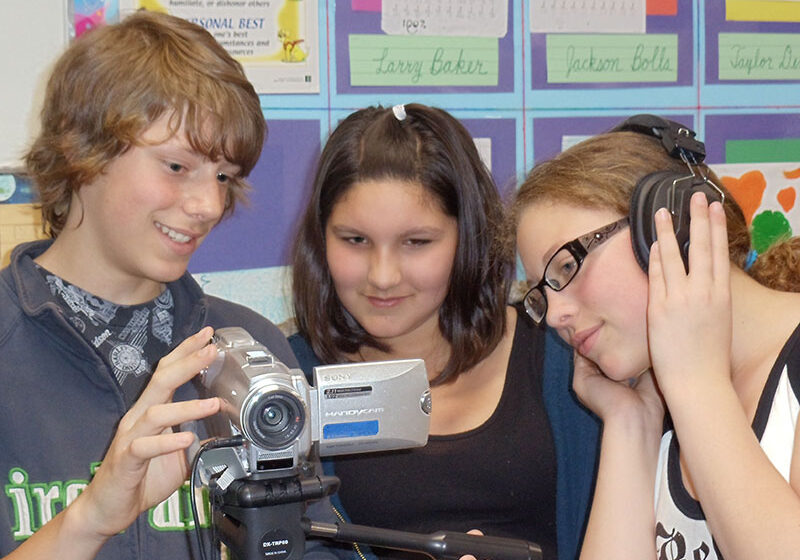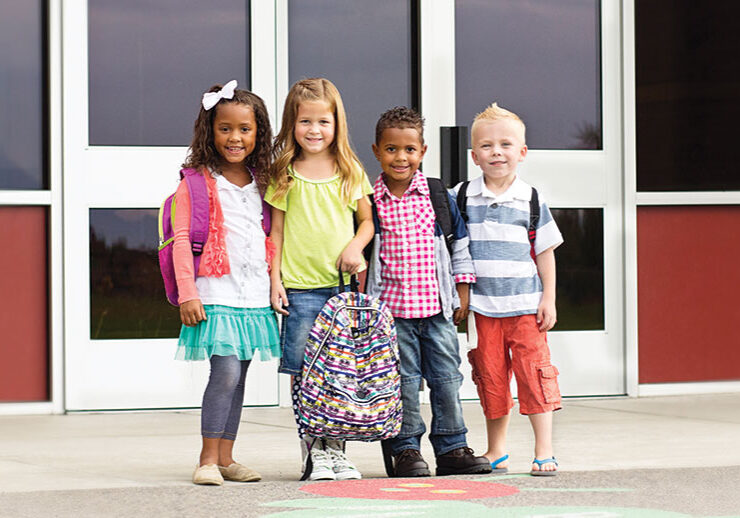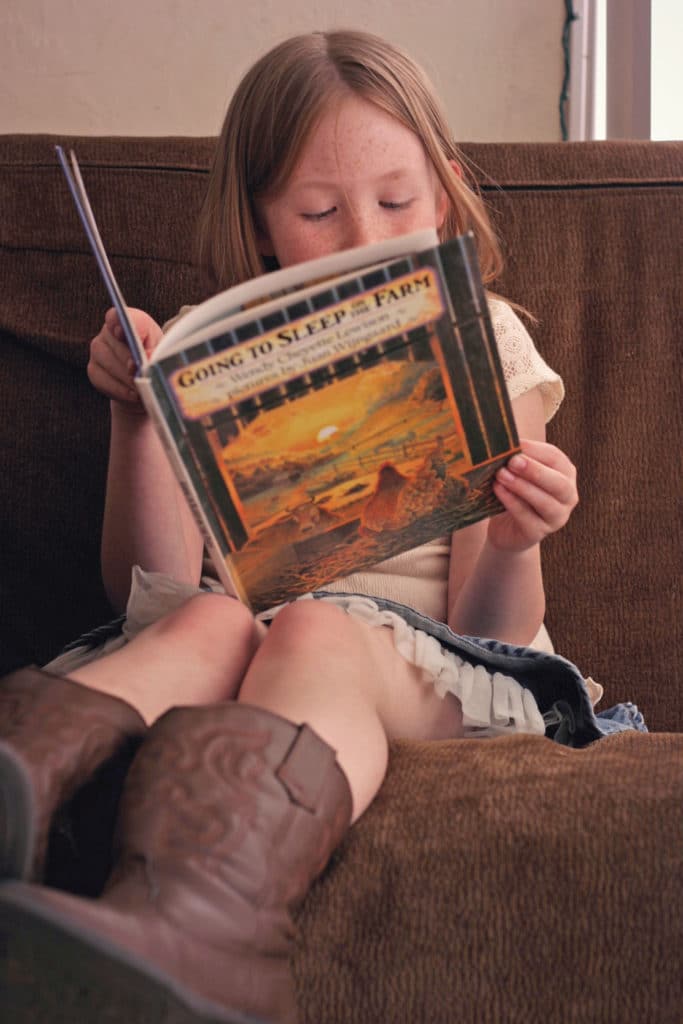 Does your child love reading and writing? Does she have a knack for music? When he tells a story, does he use his whole body to describe what happened? Are they drawn to groups, or do they prefer to work alone? These traits can give a clue about your child’s learning style. A learning style is a method a person uses to learn and should be used to maximize learning. Parents need to understand their child’s learning style in order to help them find study methods, environments, and activities that help them learn best.
Does your child love reading and writing? Does she have a knack for music? When he tells a story, does he use his whole body to describe what happened? Are they drawn to groups, or do they prefer to work alone? These traits can give a clue about your child’s learning style. A learning style is a method a person uses to learn and should be used to maximize learning. Parents need to understand their child’s learning style in order to help them find study methods, environments, and activities that help them learn best.
Visual learners love anything that helps them visualize
Visual learners prefer seeing pictures and images to learn new things. They usually have strong spatial awareness skills. Kids with this learning style understand maps and have a good sense of direction. They typically love doodling and drawing.
Study habits best for these learners are to write information down, underline, or highlight as they read, use colorful diagrams, charts, and pictures to enable them to visualize what they want to remember.
Auditory learners love music and rhythm
Consequently, people who are auditory learners are often drawn to music. They may sing, play a musical instrument, or have the ability to pick individual musical instruments out of a piece of music. For instance, they may hum, sing, or tap their feet while they work.
Using music and rhythm to remember information can be helpful for kids who have this learning style. It might also be useful to record and playback things you want them to remember or read and recite information aloud.
Verbal learners love words and their meanings
Kids with a verbal learning style can easily express themselves in both spoken and written communication. Verbal learners have a strong understanding of the meaning of words and will consistently seek out new words to master, which they will later use to communicate with others.
Try using acronyms or reading information aloud while learning new things. Role-playing can also be helpful for the verbal learning style.
Physical learners love to move around
Kids who prefer using their bodies, hands, and sense of touch prefer the physical learning style. Many of these learners enjoy drama, dancing, woodworking or exercise. They would rather go for a run or walk when something is bothering them than sit at home and think it through. These kids use hand gestures and body language to communicate and are very aware of the world around them.
Sitting and listening to a lecture can be a challenge for kids who prefer a physical learning style, so they will often fidget and look forward to when they can move around. Try incorporating the physical objects they are learning about or allowing movement whenever possible. Writing, drawing, and using flashcards can also be helpful for kids who have this learning style. Frequent breaks can help the physical leaner feel more prepared for study time. You can also try standing while reading or making reviewing into a gross-motor style game.
Logical learners love to understand concepts and reasons
Kids with a logical learning style generally excel in math and critical thinking. They can recognize patterns and commonalities in seemingly unrelated content. They often understand and work complex calculations in their head. Consequently, they tackle problems in a systematic way, and they enjoy creating lists, agendas, charts, and procedures.
Kids with this learning style will retain information if they understand the logic behind it. They need to truly understand concepts and reasons for the information to stay with them for the long term.
Social learners love to share and be in groups
People who are drawn to the social learning style love working in groups or participating in classes. They enjoy sharing their ideas with others and listening to what others think. Kids with this learning style are good at both verbal and nonverbal communication and understand others as well.
People typically like being around social learners and seek their advice or input when faced with problems. They prefer to work through challenges in a group and will often be found staying after class to chat with friends. Kids with this learning style will enjoy role-playing, studying in groups, or sharing what they have learned with others.
Solitary learners love to be independent and focused
People with a solitary learning style often prefer working alone and enjoy thinking and reflecting on things. They tend to be independent, introspective, and private. Solitary learners are good at focusing on a task and have strong concentration skills. They may also enjoy keeping a journal to reflect on personal thoughts and feelings. Kids with this learning style prefer to study alone in quiet spaces.
Combinations of learning styles
Understanding your child’s learning style is important, so you can help them get the most out of their education while identifying any ways to handle challenges that may occur because of their preferred learning style. Also, parents can use this to their advantage to appeal to their child’s interests when learning new things. Don’t be surprised if your child seems to have a combination of learning styles—this is quite common. When caring adults understand a child’s strengths and weaknesses when it comes to learning, it can only improve their experience at school and their study habits at home.
Careers by Learning Style
Visual – Art, architecture, photography, filmmaking, interior design, strategic planning, graphic design, and navigation
Auditory – Performing, conducting, composing music, sound engineering, and interpreting
Verbal – Lawyer, public speaker, politician, speech pathologist, and journalist
Physical – Construction, sports, dance, drama, mechanical and handyman work, and farming
Logical – Science, mathematics, engineering, accounting, detective work, and computer programing
Social – Counseling, coaching, teaching, human resources, and sales
Solitary – Researcher, author, a park ranger, and security guard
Posted in: Education
Comment Policy: All viewpoints are welcome, but comments should remain relevant. Personal attacks, profanity, and aggressive behavior are not allowed. No spam, advertising, or promoting of products/services. Please, only use your real name and limit the amount of links submitted in your comment.
You Might Also Like...
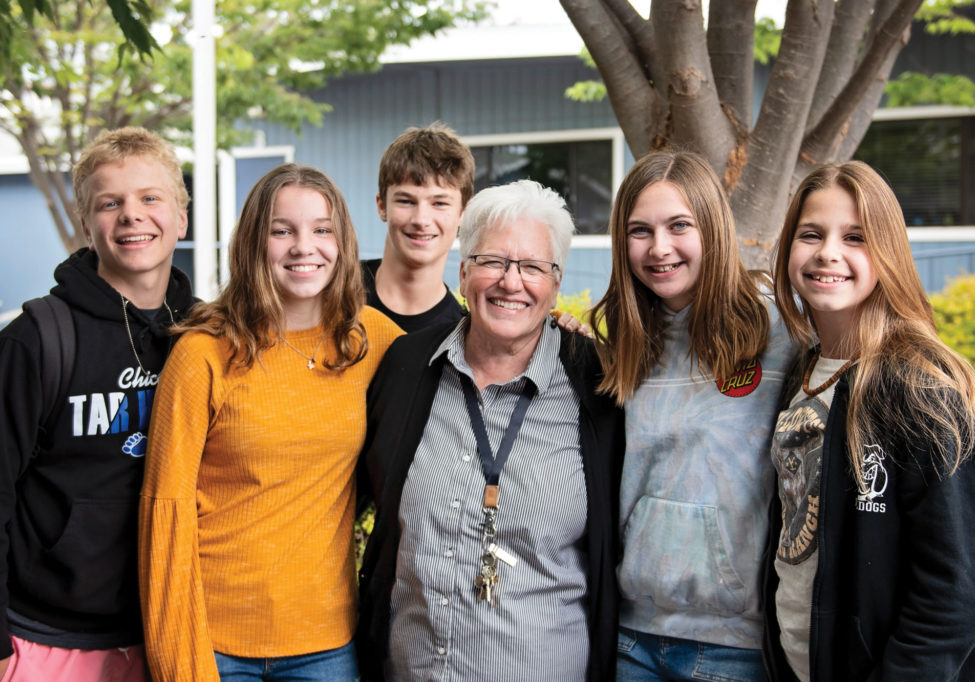
Bev Landers – A Force for Good For Thousands Of North State School Kids
“My earliest memories are of teaching all my stuffed animals and dolls,” says Bev Landers, Paradise Charter Middle School’s principal and superintendent. “I started babysitting at age 11, as soon […]
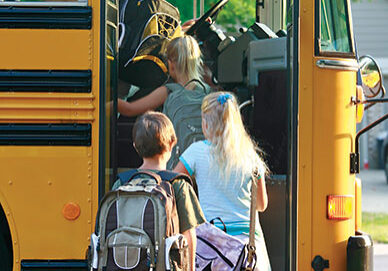
Tips For Easing The New-School Jitters
I remember lying awake for hours the night before the first day of school each fall. So many questions were swirling around my brain. What did the year have in store […]
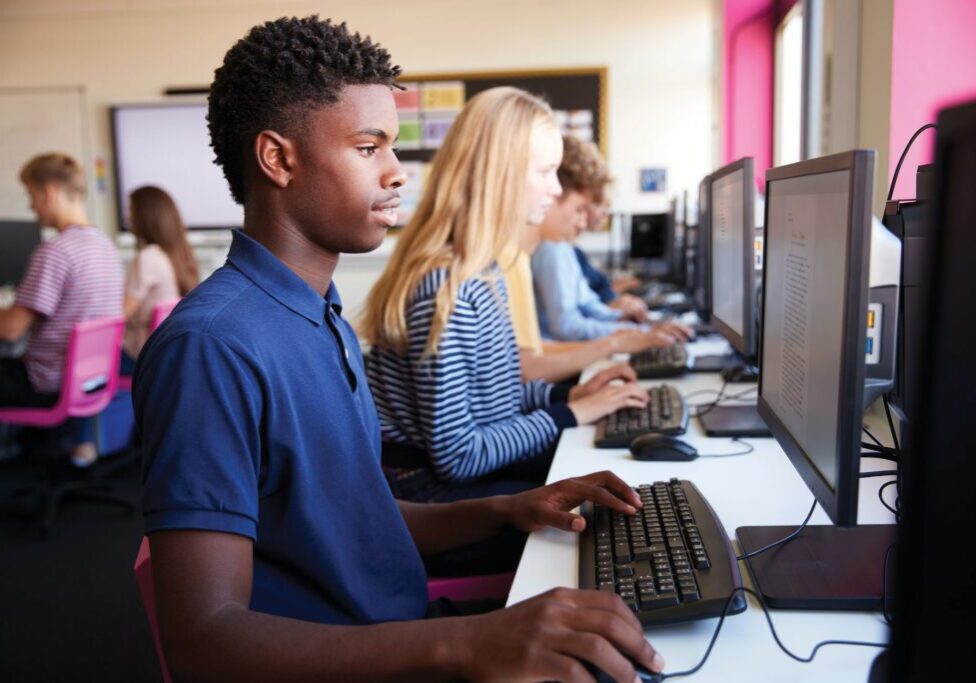
AI and ChatGPT in the Classroom: Ethical Considerations and Constructive Uses
There has been considerable buzz in the media about AI. But what exactly is AI? AI stands for artificial intelligence, but AI is not intelligence, in terms of an ability […]
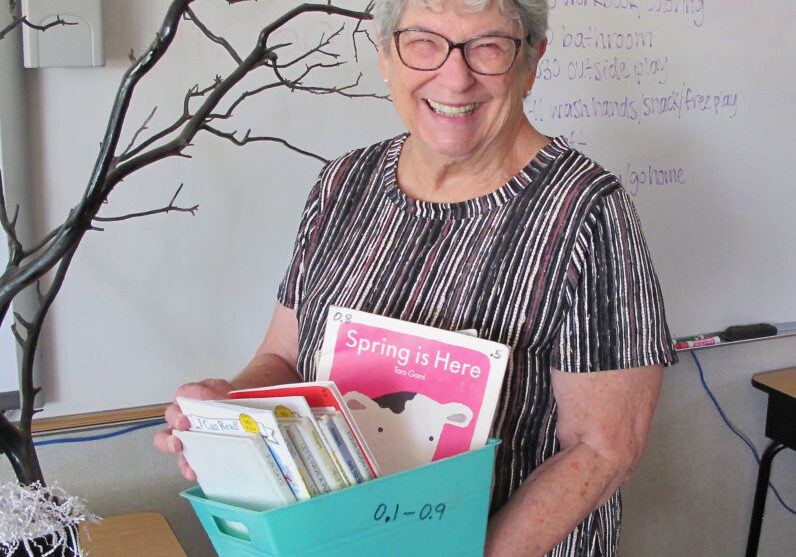
Beverly Belk – A teacher who cares — “What I was put on earth to do”
“A teacher who cares would teach under one of those shade trees if that’s all there were,” Beverly Belk remembers her master teacher saying. Over her 60-year teaching career, Beverly […]



